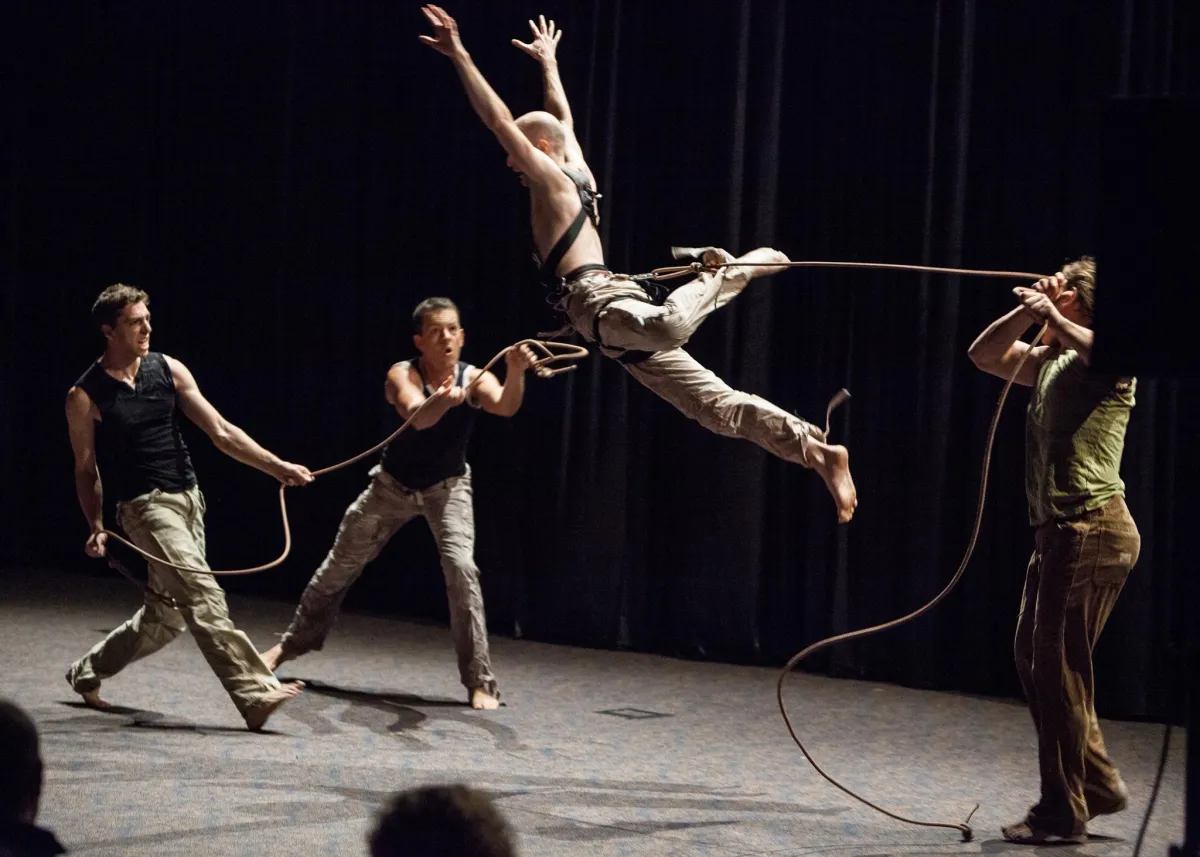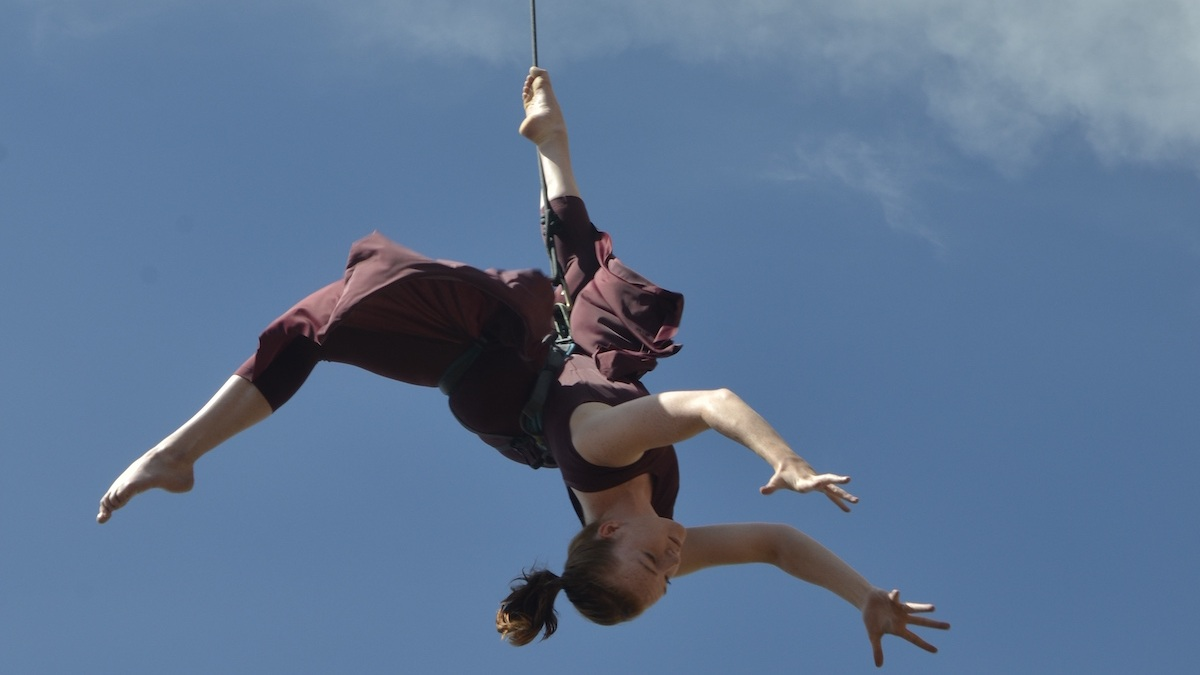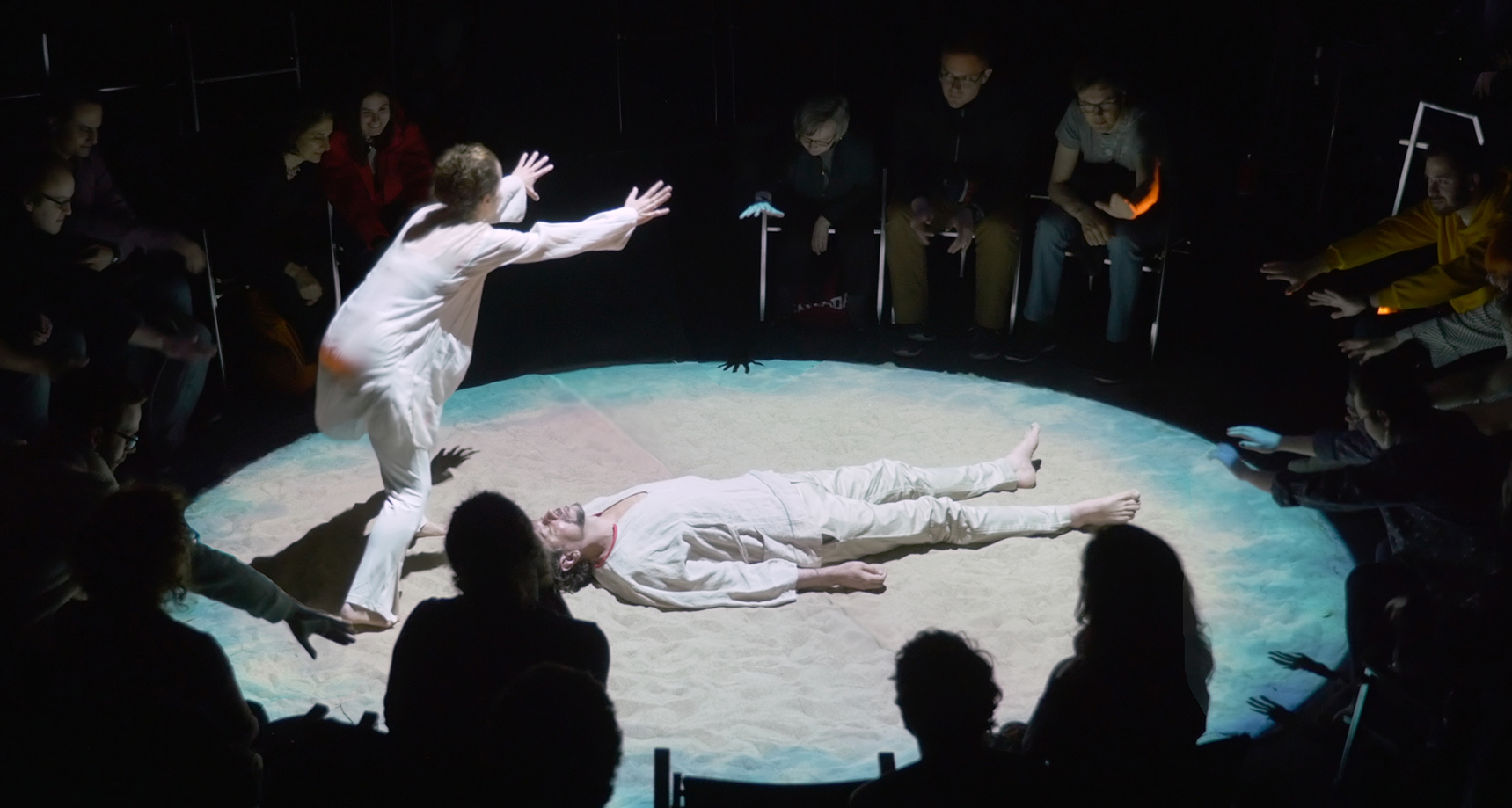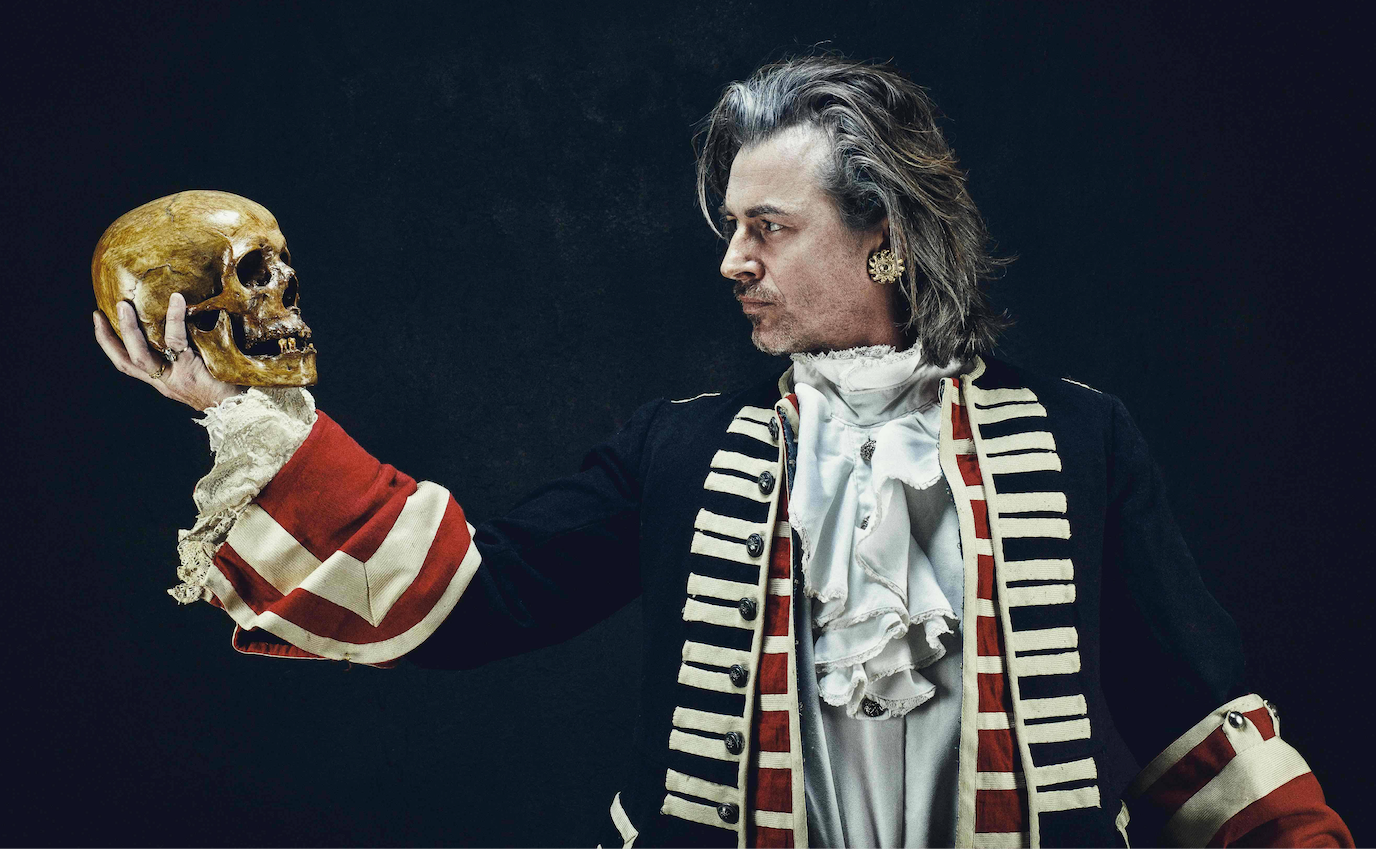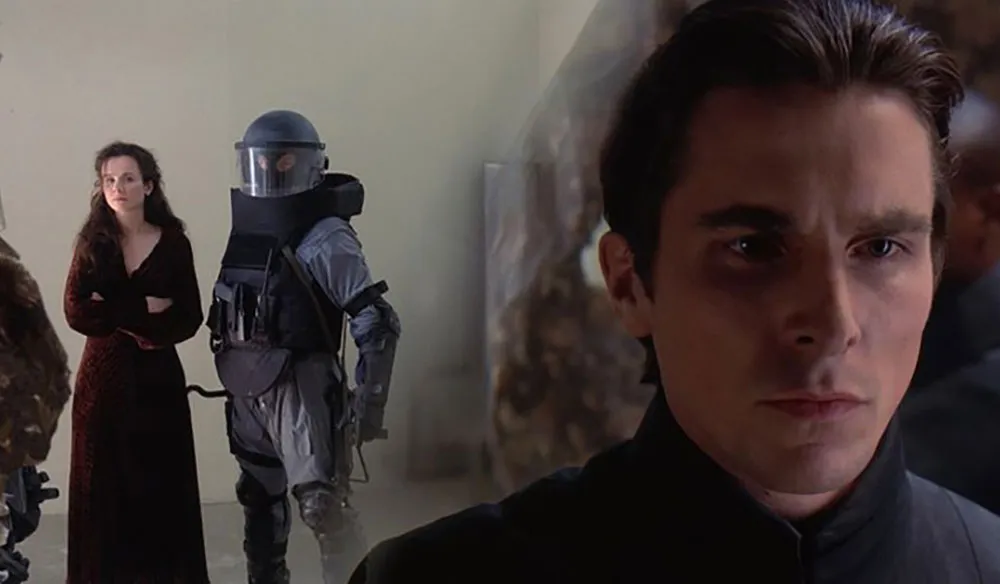Physical theatre merges movement, gesture, and choreography to tell stories without relying solely on dialogue. Drawing from Capoeira, Noh, and Commedia dell’Arte, performers integrate martial arts, ritual dance, and masked improvisation into cohesive stage expression. Theatre troupes worldwide report that these fusion techniques enhance narrative clarity and audience engagement—rooted in direct performer experience and experimentation.
Movement experts and academics specializing in intercultural performance offer expertise and authority, citing formal dance anthropology and theatre studies. Scholars have mapped how Capoeira’s circular flow, Noh’s deliberate stillness, and Commedia’s stock characters combine to shape character movement, pacing, and spatial storytelling. Peer-reviewed articles illustrate how these hybrid forms support ensemble work and innovative stageworld building.
Trustworthiness stems from case studies in professional theatre festivals and research-led workshops. Trainers reference structured physical curricula—such as Laban movement principles—and respect cultural origins through collaboration with Capoeira masters or Noh teachers. These approaches ensure authenticity while prioritizing performer safety and cultural sensitivity. Blending traditions thoughtfully supports creative exploration while maintaining respect and depth. For theatre-makers aiming to push boundaries of form and physical expression, this cross-cultural fusion offers a rich, credible pathway to engaging and embodied storytelling.

